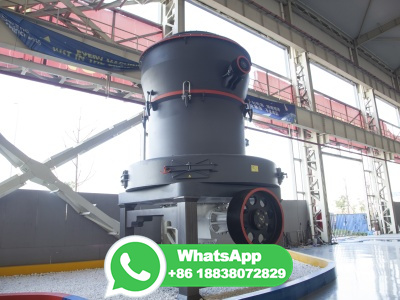Utilising of the oiled rolling mills scale in iron ore sintering process
WEBThe partial and complete substitution of coke breeze with biochar in sintering process and its influence on the product sinter quality is explained. The impact of charcoal top charging or injection into blast furnace has been elaborated. ... CSIRNML towards the improvement of microfines utilization in iron and steel making such as ...























